Many women notice a change in their butt’s appearance after giving birth.
This phenomenon, often referred to as “mom butt,” is common, yet it’s a cause of insecurity for many mothers.
In this article, you’ll learn what mom butt is, why it occurs, and the best glute exercises and workout to build strong glutes and get rid of mom butt for good.
What Is “Mom Butt?”
The terms “mom butt,” “flat butt,” or “pancake butt” refer to the post-pregnancy change in a woman’s butt, where the glutes seem flatter or droopier than before.

Why Is My Butt So Flat?
1. Breastfeeding
When producing milk, your body uses fat reserves, primarily from the butt and thighs. As the fat in this area changes shape, your butt can appear smaller and flatter.
2. Inactivity
Pregnancy and the period after can be overwhelming, making regular exercise a challenge. Being less active can cause the glute muscles to atrophy (shrink), making your butt appear less pert.
3. Posture
Many mothers subtly change their posture by “tucking” their tailbone under their bodies to make carrying their baby easier. Regularly adopting this posture can make it a habit, giving your butt a flatter appearance.
Does Sitting Lead to “Flat Butt Syndrome”?
Some “experts” claim living a sedentary lifestyle can lead to a condition called “dormant butt syndrome” (sometimes referred to as “flat butt syndrome”) in which your body becomes less adept at using the glutes, causing them to wither over time.
There are reasons to treat this theory with caution, though.
First, the only evidence that prolonged sitting hinders glute function is anecdotal.
Second, it assumes that your glutes become less responsive because excessive sitting shortens your hip flexors (the muscles on the front of your hips), inhibiting your glutes’ ability to contract. However, research in this area is inconclusive, making it impossible to draw firm conclusions about how hip flexor length and pelvic positioning affect glute activation.
And third, research shows that being completely inactive for an extended time doesn’t inhibit your ability to use your glutes.
Thus, while inactivity can play a role in the development of a pancake butt (because of muscle loss), saying that sitting flattens your butt is inaccurate.
How to Get Rid of a Flat Butt
Exercise
Building muscle mass, especially in the gluteal region, is vital for getting rid of mom butt. And the most effective way to build muscle is strength training.
Aim for three glute-focused strength training workouts weekly to “shock” your glutes into growing.
While these “flat-butt workouts” will target your glutes more than other muscle groups, they’ll also include exercises that train the rest of your body to help you avoid muscle and strength imbalances (more on the specifics soon).
Nutrition
To enhance the butt-lifting benefits of strength training, you need to follow a diet that drives muscle growth. Exactly how this looks depends on your previous strength training experience:
- New weightlifters: When new to strength training, your body is hyper-responsive to its effects, allowing you to build muscle even when you’re in a calorie deficit. Thus, if you’re a beginner weightlifter and want to lose fat while building muscle, aim to eat 20-to-25% fewer calories than you burn every day. Or, if you’re already lean but still want to grow your glutes, aim to eat approximately the same number of calories as you burn daily.
- Experienced weightlifters: After 6 months or more of consistent training, you must eat more calories than you burn to build muscle effectively. Aim for 110% of your total daily energy expenditure to maximize muscle growth while minimizing fat gain.
In both scenarios, you also need to eat the right amount of protein, carbs, and fat. Here are some good guidelines:
- Eat 1 gram of protein per pound of body weight per day.
- Get 20-to-30% of daily calories from fat.
- Get the remainder of your calories from carbs.
If you’d like more specific information about how to eat to get rid of mom butt, take the Legion Diet Quiz. In less than a minute, you’ll know how many calories, how much of each macronutrient, and which foods you should eat to reach your goals. Click here to check it out.
Posture
While there’s no “perfect posture,” “stacking” your shoulders, hips, and knees is likely better for minimizing mom butt.
Make it a routine to monitor your posture while doing daily activities. For example, while carrying your child, think about maintaining a neutral spine rather than tucking your butt under your body.
Also, avoid overcompensating by pushing your chest out and rotating the front of your pelvis toward the floor (“anterior pelvic tilt”).
While this may accentuate your glutes, habitually adopting this posture can make performing exercises that help build butt muscle more challenging—something you’ll want to avoid to get rid of your flat butt long term.
The 10 Best Flat Butt Exercises
The following flat butt exercises will help you gain butt muscle and strength and banish mom butt for good.
1. Squat
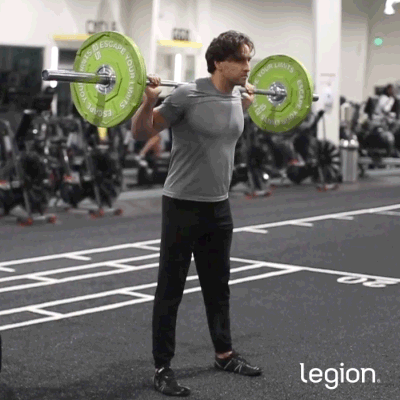
2. Deadlift
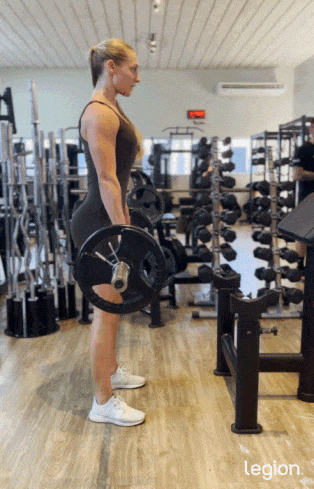
3. Single-Leg Hip Thrust
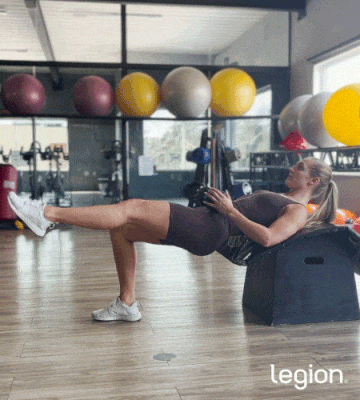
4. Single-Leg Romanian Deadlift
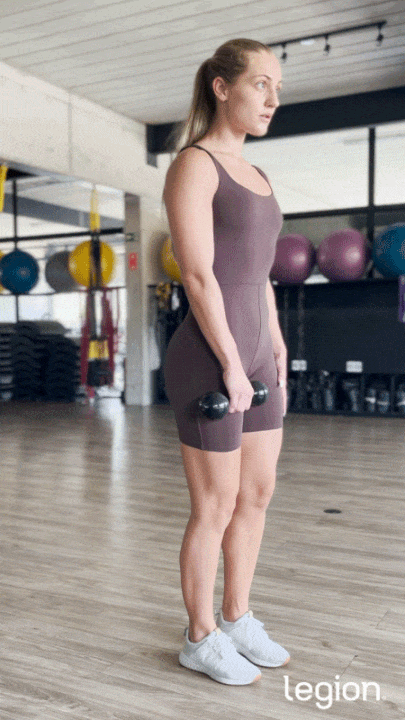
5. Bulgarian Split Squat
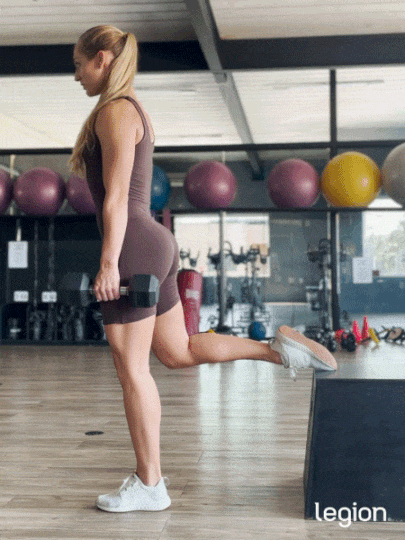
6. Step-up
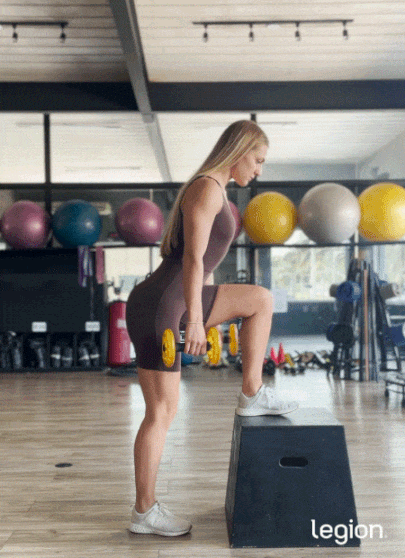
7. Curtsy Lunge
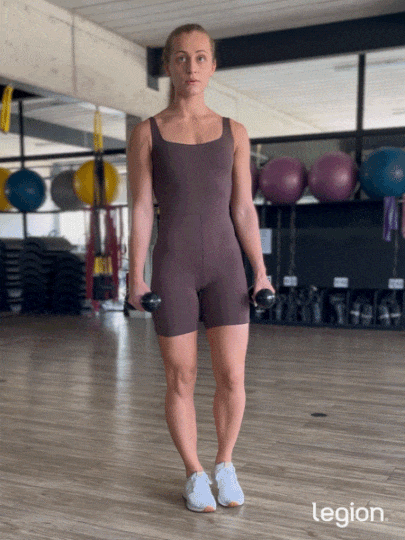
8. Glute Bridge
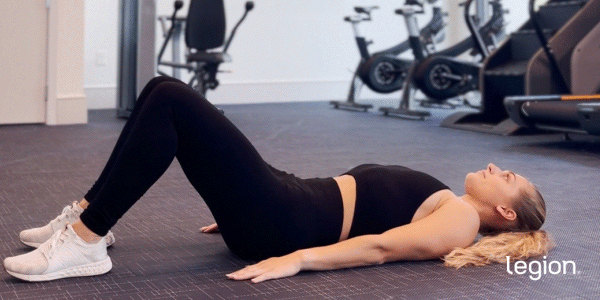
9. Cable Kickback
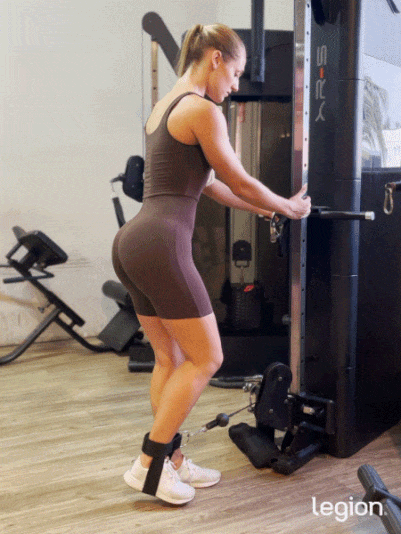
10. Resistance Band Pulsing Squat
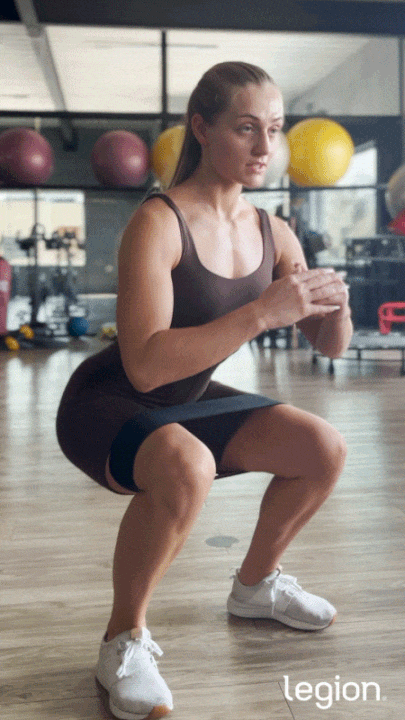
The Ultimate Flat Butt Workout
The 3-day Flat Butt Workout Routine below will rapidly transform your mom butt, restoring much of its pre-pregnancy peachiness.
It’s not a balanced routine you should follow for an extended period. Instead, think of it as a specialized routine to kickstart glute growth. Thus, only follow it for 8-to-10 weeks before switching to a more well-rounded program, such as my Thinner Leaner Stronger routine.

+ Scientific References
- McClure, Candace K., et al. “Breastfeeding and Subsequent Maternal Visceral Adiposity.” Obesity (Silver Spring, Md.), vol. 19, no. 11, 1 Nov. 2011, pp. 2205–2213, www.ncbi.nlm.nih.gov/pmc/articles/PMC3610530/, https://doi.org/10.1038/oby.2011.185.
- Crone, C. “Reciprocal Inhibition in Man.” Danish Medical Bulletin, vol. 40, no. 5, 1993, pp. 571–581, pubmed.ncbi.nlm.nih.gov/8299401/.
- Van Gelder, Leonard H., et al. “EMG Analysis and Sagittal Plane Kinematics of the Two-Handed and Single-Handed Kettlebell Swing: A Descriptive Study.” International Journal of Sports Physical Therapy, vol. 10, no. 6, 1 Nov. 2015, pp. 811–826, pubmed.ncbi.nlm.nih.gov/26618061/. Accessed 7 Nov. 2023.
- Mills, Matthew, et al. “EFFECT of RESTRICTED HIP FLEXOR MUSCLE LENGTH on HIP EXTENSOR MUSCLE ACTIVITY and LOWER EXTREMITY BIOMECHANICS in COLLEGE-AGED FEMALE SOCCER PLAYERS.” International Journal of Sports Physical Therapy, vol. 10, no. 7, 1 Dec. 2015, pp. 946–954, pubmed.ncbi.nlm.nih.gov/26673683/.
- Contreras, Bret, et al. “A Comparison of Two Gluteus Maximus EMG Maximum Voluntary Isometric Contraction Positions.” PeerJ, vol. 3, 22 Sept. 2015, p. e1261, www.ncbi.nlm.nih.gov/pmc/articles/PMC4582950/, https://doi.org/10.7717/peerj.1261. Accessed 26 Nov. 2019.
- Miokovic, Tanja, et al. “Differential Atrophy of the Postero-Lateral Hip Musculature during Prolonged Bedrest and the Influence of Exercise Countermeasures.” Journal of Applied Physiology, vol. 110, no. 4, Apr. 2011, pp. 926–934, https://doi.org/10.1152/japplphysiol.01105.2010. Accessed 19 Apr. 2020.



